Teaching beginner instrument classes is simultaneously rewarding and overwhelming. We all know that we should be hearing our students play individually as frequently as possible. Depending on the number of students in class, this could take most of your time.
If you’re like me, you like to change things up and not just listen to students systematically straight down the row. I prefer to call on students randomly with no apparent order. But that can become troublesome when you have difficulty keeping track of which students have played and which have not.
That’s where something as simple as a lanyard can come in handy. By taking lanyards that are left over from a fundraiser, a trade show or a school event, you can use them to create a quick place marker that is easily visible from the front of the class. (If you want to try this idea today and don’t have lanyards, let them use their student IDs or get some big loops of thick string.)
Students take their lanyards and drape them over the back of the stand. Once you’ve heard a student play individually, have them flip their lanyard back over so that it is no longer visible to you. This gives you a quick way to check to see which students have played and which have not.
Sometimes I tell a student to flip their lanyard over once they have played, but other times I walk around the room and do it for them. Either way it’s easy to secure a lanyard through the rings of a three-ring binder or over the corner edge of their book.
There are so many different things that you can do with this that once you get used to incorporating this in your class I bet you’ll find a number of possibilities that are not listed here. Here are a few of my favorites:
1. Listen to each student individually and regardless of how they play flip the lanyard over.
2. Listen to each student play individually and if they reach a certain level of proficiency have them flip their lanyard over. Students who haven’t flipped their lanyard over have to replay.
3. Use the lanyard to conduct a quick straw poll. For instance, ask students to flip their lanyards over if they practiced more than 15 minutes last night. Or, ask students to flip their lanyards over if they sold an item for the fundraiser.
Depending on how large your classes are, or what your particular daily goals are, you may be able to have students flip their lanyards over more than just once. But the most important thing is that it gives you a quick way to check student progress. You’ll find that once students get the hang of what you’re using the lanyards for, they’ll begin to get excited for flipping it over after they have played well.
Eric Rath is an active educator, clinician, adjudicator, arranger, and composer. He has served as a band and orchestra director as well as a percussion specialist at the middle and high school levels. Mr. Rath and Ralph Hicks are the co-authors of the percussion ensemble collection, “Beyond Basic Percussion” and the snare drum and keyboard fundamentals book, “Five Minute Drill” (Tapspace Publications). Recently, they launched their latest book, “The Golden Age of Ragtime,” which features five ragtime piano pieces transcribed for xylophone soloist and marimba ensemble or piano accompaniment. ericrathmusic.
Related Reading:
Beginning Band Drop Out Game
Note Name ‘Video Game’
Scales Clubs
If you would like to receive our weekly newsletter, sign up here.
Don’t forget to like us on Facebook too!
Learn. Share. Inspire.
BandDirectorsTalkShop.com
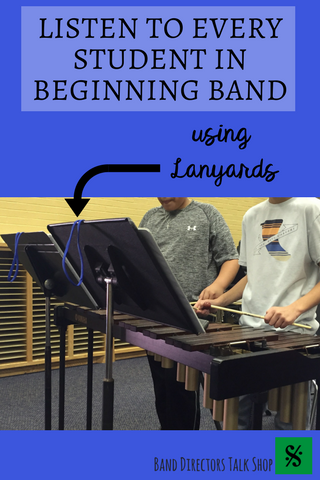
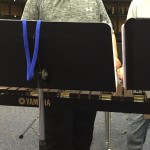
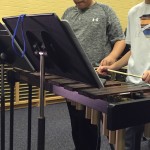



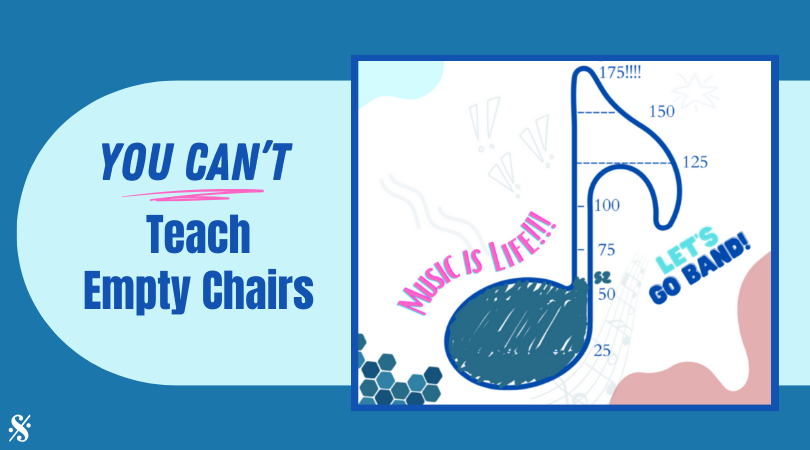

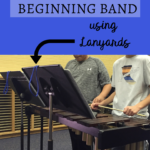
[…] Posts: How Using Lanyards Can Help You Listen to Every Student in Beginning Band Start Your Beginner Flutes the Right Way (Hand Position) Beginning Band Jeopardy (Teaching […]